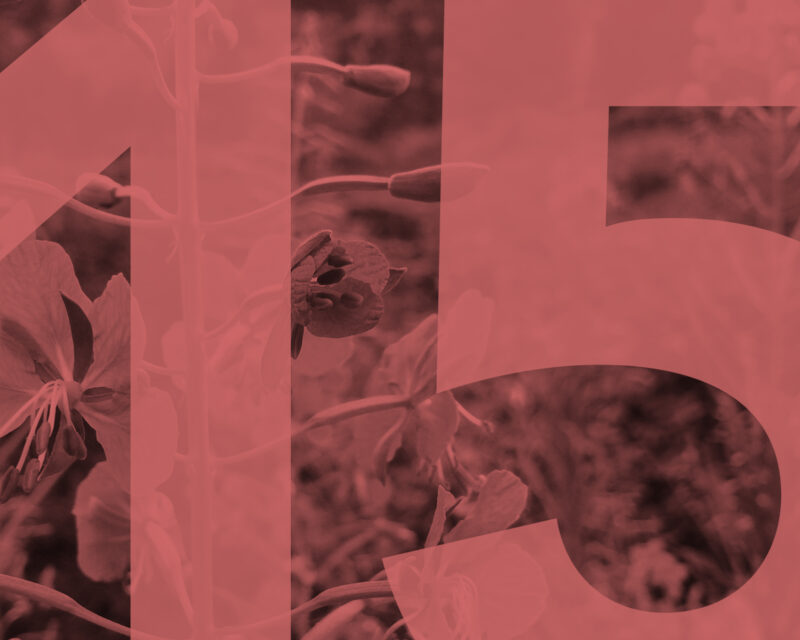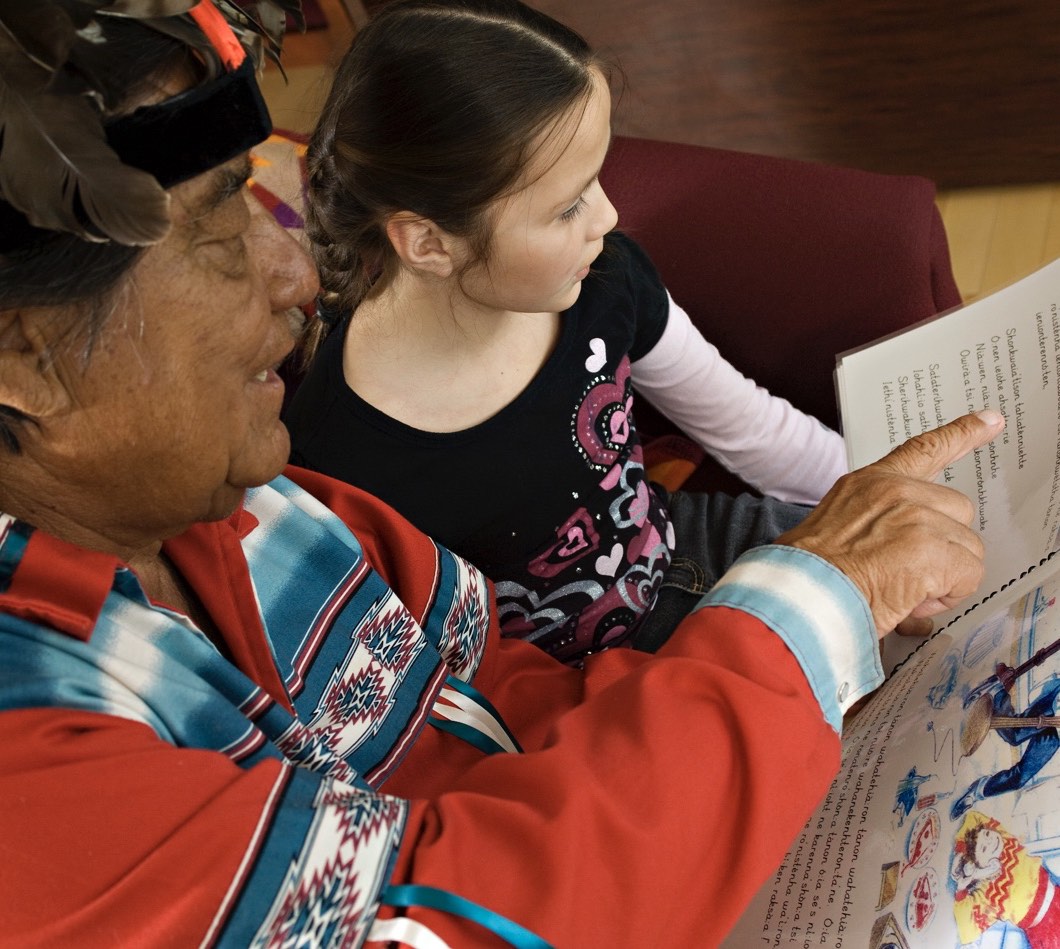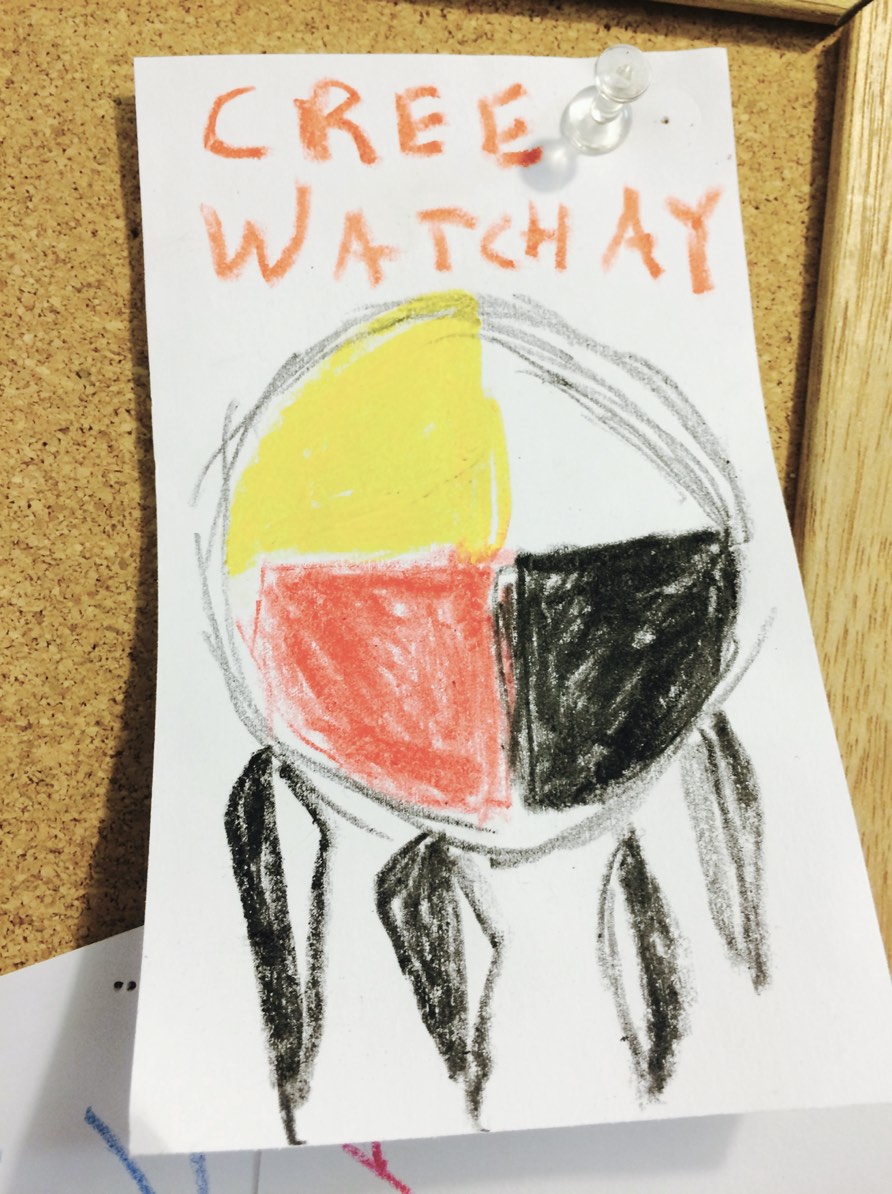One of the most important aspects of measuring success is recognizing that there are a variety of ways to do so effectively. For example, according to Derrick Baxter, President and CEO, Ogoki Learning Inc.,“Language success can be measured by our Elders—have children have a conversation or participate in traditional practices such as hunting.”
Planning for student success should incorporate holistic forms of assessments. This means that information can come from multiple perspectives that are equally valued to that of the teacher. This helps First Nations to move away from teachers being the only assessors and adds diversity. Including the perspectives of parents, communities, and Elders, helps to create more integrated support for learners.
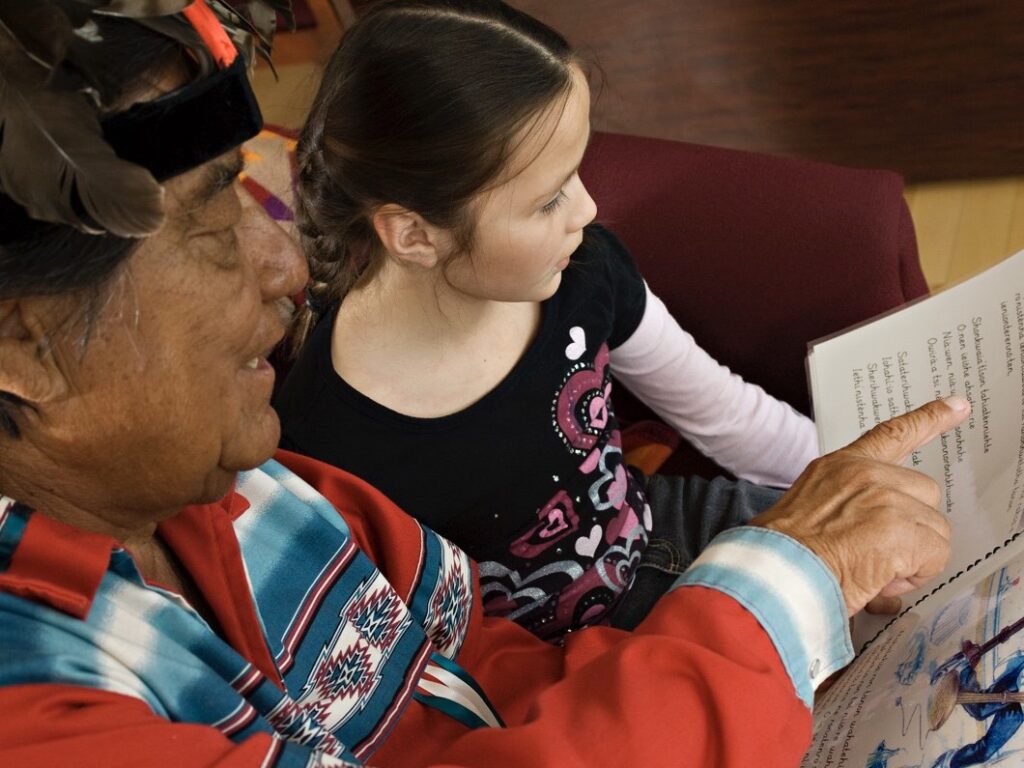
Step One: Identifying Where Are We Now?
Several components of the It’s Our Time First Nations Education Tool Kit can provide some of the information needed to answer where are we now? Plain Talk 10 First Nations Performance Indicators Checklist lists characteristics that may be considered important to a community’s education system. A review of these characteristics can help form a summary of where are we now? A completed Checklist provides a profile of the current situation, identifying and measuring areas that are in good shape as well as those that may require attention.
Plain Talk 10 First Nations Performance Indicators Checklist is a strong starting point, having over 130 items organized into 17 categories. Consultation with members of the community can identify additional characteristics that might be important to the community.
Examples of what characteristics might be important to a First Nations community’s school system include:
- Teachers and students can speak a First Nations language;
- Resources and materials are available in the school library;
- Teachers are highly skilled and qualified;
- Schools provide multiple levels and methods of student support;
- Students have opportunities to hear legends and stories;
- Cultural materials are integrated into the school;
- Computers are available;
- Schools build personal identity and self-esteem;
- Elders are involved in school activities; and
- The school curriculum has a First Nations perspective.
Step Two: Projecting Where Do We Want to Be?
The characteristics examined in Plain Talk 10 First Nations Performance Indicators Checklist can help describe a community’s goals. A review of these characteristics can generate a summary of the question: where do we want to be? Areas that need attention can be ranked according to a community’s priorities and capacities.
The First Nations Holistic Lifelong Learning Model is a key resource for articulating a vision for the future of the community’s education system. The sources and domains of knowledge as well as the collective well-being sections of the Model provide key insights and ideas.
As with where are we now?, consultations, discussions and interviews with community members can lead to solid decision making for the future.
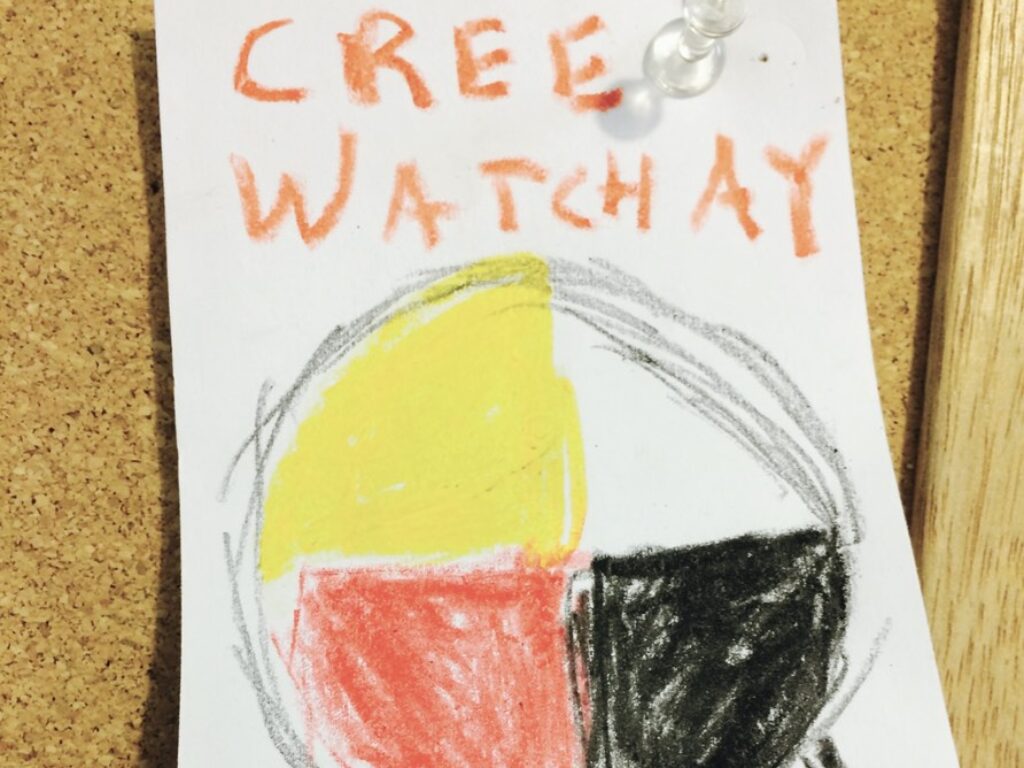
Step Three: Consolidating How Do We Get There?
The last step of creating a Plan for Student Success describes what has to be done, what resources and materials are needed, what expertise must be acquired, where funding might come from, what must be done to work toward the goals of where do we want to be?
The First Nations Holistic Lifelong Learning Model is a source for direction and ideas for implementing a Plan for Student Success. For example, the Model describes that important knowledge resides in family, clan, community, nation, other nations, traditions and ceremonies, and First Nations languages. In addition, the Model explains that the wisdom of parents, Elders, teachers, mentors, counselors and other respected members of the community is all important and supports lifelong learning.
Keep in Mind
Traditional First Nations systems of organization and governance within nations and families, usually named after various elements of nature such as wolf, eagle, bear, turtle, and tobacco, among many others. Different clans have distinct roles and responsibilities within the wider community.
A Plan for Student Success is developed to address particular conditions. That means that all Plans for Student Success have to be evaluated to determine whether the Plans worked out and produced the results or outcomes expected. If the Plain Talk 10 First Nations Performance Indicators Checklist was the basis for developing the summary of where are we now?, the Checklist could be used again at the completion of a Plan to identify areas that improved. Once that information is available, a new Plan can be created to address other issues or address the same issues in another way.
